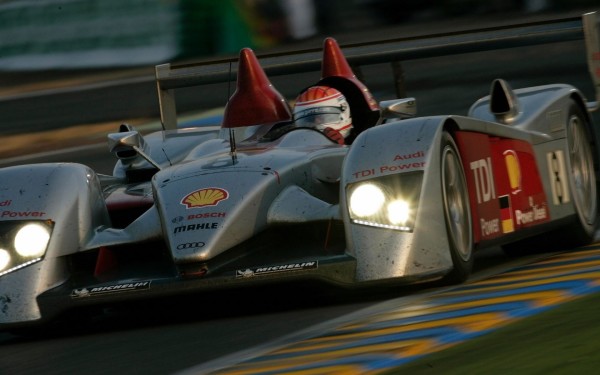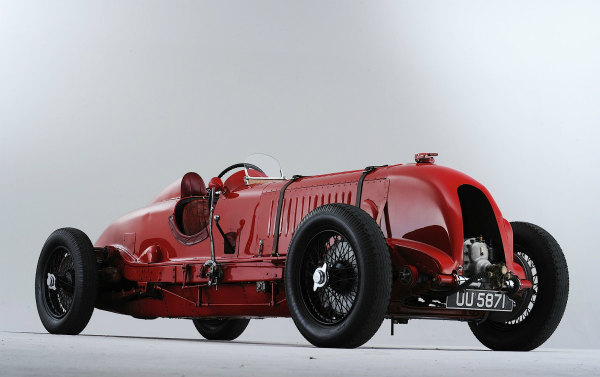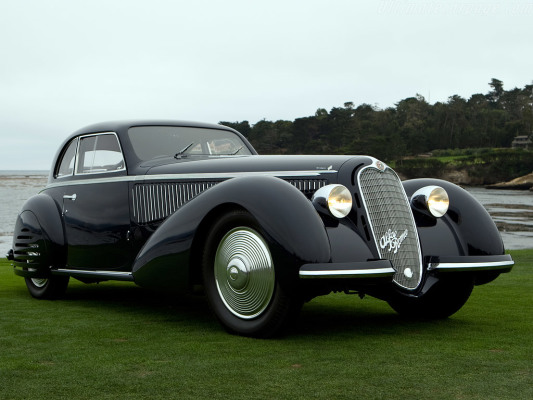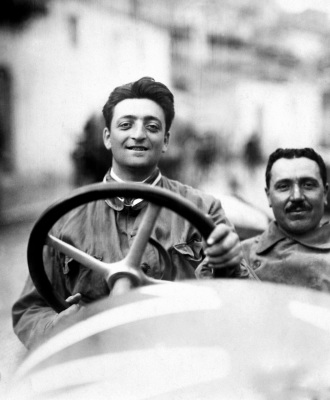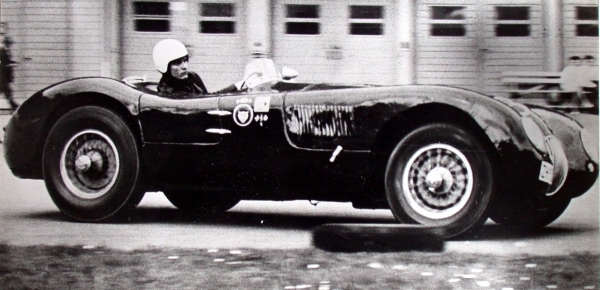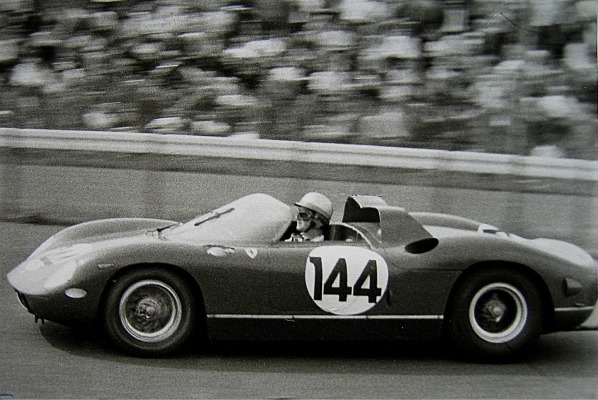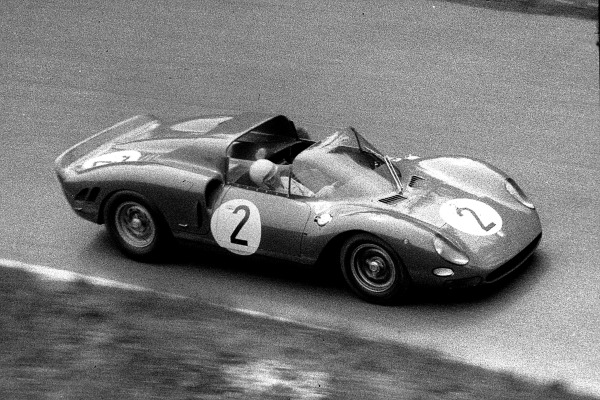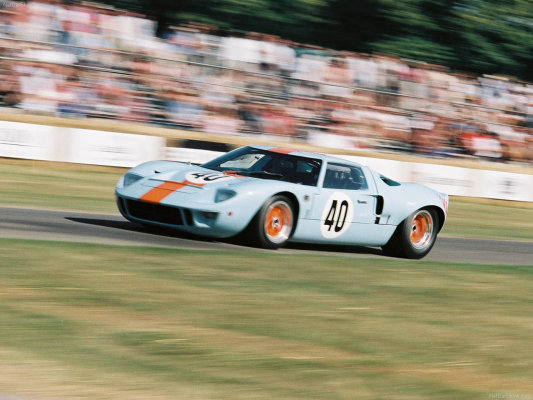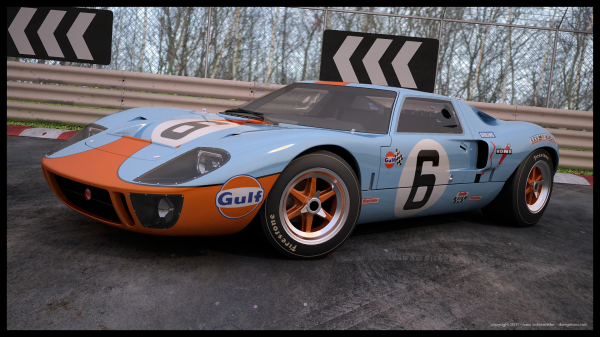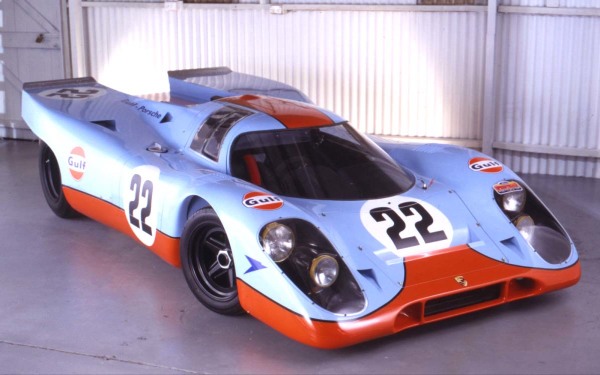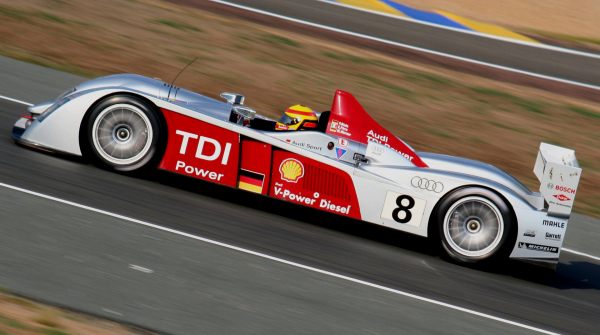It appears that the most awaited week in automotive sports is upon us: the week leading up to Le Mans. This grueling 24-hour endurance test has changed the history of driving and made legends along the way for ninety years. No event in automotive sports has the prestige, pedigree and overall presence that is demanded by the 24 Heures du Mans. Once a year this sleepy French town is descended on by hundreds of drivers, thousands of crew members and ninety-seven of the finest cars ever built. These advanced cars and their precision drivers then rip around one of the most hallowed racing courses in the game. The Circuit des 24 Heures, or Circuit de la Sarthe, is an almost 8.5 mile course made up mostly of public roads. In the ninety years this race has been run, there have been lengthy periods of time that were dominated by a single team. Usually these were manufacturer’s teams, a point of pride for all brand enthusiasts. As we begin our countdown to the 81st edition of the running of Le Mans, we look back on some of the great eras in endurance racing.
The earliest era of Le Mans was distinguished by fierce battles between British automaker Bentley and Italian automaker Alfa Romeo. By 1935, Bentley had racked up five wins and Alfa had four, with the remaining victories split between a couple of French teams. Both Bentley and Alfa’s winning cars in these earliest Le Mans have now become the items of legends. Bentley used their now near-mythical 4 1/2 Litre and the Bentley Speed Six to dominate the track. Both cars became an essential part of automotive history and did so almost instantaneously. The 4 1/2 Litre was so popular, in fact, that author Ian Fleming chose this car as the vehicle for his most famous character, international man of mystery James Bond.
Alfa won their battles with what is now also one of the most famed names in automotive sports, the 8C. The 8C 2300 that won Le Mans for four years became a sensation overnight. The descendant iterations of this car would become huge influences on the industry as a whole. As one of the few companies that had its own manufacturers team (Bentley being another) Alfa had the bank roll to truly elevate the sport, as their vehicles brought new technology to the track every year. When the company hit some harder times and the Italian government was forced to take the reigns in the early 30’s, a new, unofficial Alfa race team began to emerge. This team was at the forefront of building custom racers with incredible power and precision for the many GP circuits of Europe. The team was called Scuderia Ferrari, home to young racer Enzo Ferrari.
The next few years would prove dicy for the future of Le Mans. A worker’s strike in 1936 and the war from 1940-1948 would unfortunately stop the running of this famed race. The ten years that followed were heated battles that didn’t seem to allow any team more than two years of bragging rights. Though this era had no dominating champions, it did bring with it another slew of now-iconic vehicles.
Jaguar proved its racing pedigree in this era with both the C and D type race cars, as well as the XK120. The theme of Jaguar, and in turn most of the automotive makers in this era, was aerodynamics. Much had been learned about aerodynamics from fighter planes during the Second World War, and over the next ten years much of that knowledge was tested and applied to the track at Le Mans. Jaguar’s main competitor was Mercedes Benz. Though the now iconic 300SL only took the famed trophy once, in ’52, Jaguars were always built with the reported stats of the Mercedes in mind. Influence from this generation’s innovation, and more importantly heritage, is clearly visible in the automotive world of today.
1958 to 1965 would arguably bring the largest number of legends to the sport of endurance racing. The names and reputations that were launched at Le Mans during this period would forever go down in the lexicon of all gear heads. This was the era of Ferrari. With the exception of one year (1959), when the win was stolen by Aston Martin, Ferrari dominated this era, with some of the most iconic vehicles in Le Mans history. The 250P (275/330 variants as well) is debatably one of the most recognizable Ferraris in the company’s star-studded history. Scuderia Ferrari, originally the unofficial manufacturer’s team for Alfa Romeo, was now the factory team for Ferrari Automobiles. Then they began to race their own cars. Many of the races won during this era was under the tutelage of the now “auto-god” Enzo Ferrari.
It is worthy of mention that in the one year that Ferrari did not win, the driver behind the wheel of the Aston Martin was none other than a young Carroll Shelby. This was a name that would forever be associated with speed for generations to come. Sport’s Illustrated named Shelby their “Driver of the Year” in the year leading up to his victory at Le Man. Shelby noted the impressive performance of the AC Bristol that he co-drove to victory in the interviews following the race. This became the inspiration for the AC Shelby that would eventually come. Following the victory, he hung up his gloves and decided to start a high-performance driving school called Shelby-American, but it would not be the last time that this famed name was used at this hallowed track.
It seemed that Ferrari’s reign could never be broken. In this race’s grand history, no team had consecutively dominated the course so many times. Not only was the team seemingly unbeatable, but their margins of victory seemed insurmountable. As with the world as a whole though, when any man sits at the top too long, someone will eventually come along to topple him. A mere 6 years after his victory, Carol Shelby returned to Le Mans, however this time was not as a driver. It was as a team owner. Thus began the era of Ford.
The idea of an American car winning Le Mans seemed insane at the best of times, but during the era of the “unbeatable” Ferraris this seemed even more unlikely. Still Shelby American showed up with a never before seen Ford, the GT40. This soul-stiring car instantly drew attention, as it was not only a brand new design but because it came to Le Man with one intention only: to be the “Ferrari Killer”. The idea seemed so absurd that it garnered the world’s attention.
This is when Ford did what the entire world thought was impossible. In an astounding feat, the seemingly untested Ford GT40 achieved it’s lofty goal and defeated the institution that was Ferrari. This would not happen only once, but Ford would go on to win for the next 4 years. The 5 litre brain child of Shelby remains the only car, fully designed and built in America to ever win at Le Mans.
The fast Fords would finally meet their match in 1970 to the unforgettable Porsche 917. Though they were always challenged, the next 17 years mostly belonged to the speed demons from Stuttgart. During this era, Porsche gave us such classic hits as the 917, 936, 956 and the always popular 962. Though their reign was broken up by a number of competitors, no other team consistently vied for the podium for such an extended period of time. Among the teams running these impressive German machines was a fledgling racing group known as Joest Racing. This team would go on to win 2 more times behind the wheels of a Porsche before moving to another German automotive giant and defining the sport for a whole new generation.
The new millennium brought a whole new era to the famed sleepy French town. Its first year brought us the era of Audi and Mr. Le Mans himself, Tom Kristensen. The Danish racing sensation already had a gold medal with Joest racing behind the wheel of a Porsche (1997) at the turn of the century. This is when, now Audi Sport Team Joest, put him behind the wheel of the Audi R8. So began over a decade of domination. Together with Frank Biela and Emanuele Pirro, the trifecta would deliver three back-to-back victories for the German auto-giant. Kristensen would leave Audi for a year for Team Bentley, when the gold at Le Mans would follow for 1 year in 2003. This is also where he would meet future teammate Rinaldo “Dindo” Capello. In 2004, Kristensen would return behind the wheel of the R8 again, this time under the banner of Audi Sport Team Team Goh of Japan, and again in ’05 with ADT Championship Racing.
Audi would then defend its title again with a whole new car, the Audi R10 TDI. No other team at the time was fielding a diesel vehicle at Le Mans. With a whole new car, drive train and propulsion system, Audi would go on to win three in a row again from 2006-2008. in 2009 that streak was broken again by home court heroes, Peugeot. Audi would again take back its title in 2010 with the all new R15 and the next two years with the R18.
This brings us to today. In less than seven days, hundreds of drivers will run to their cars, start their engines and begin the Ninetieth Anniversary of one of the most famous events in all racing. Now that you have an idea of the grand history that proceeds this year’s running, you can understand all that is at stake. For decades the technology, innovation, driving prowess and most importantly, reputation of the great auto-makers have been made and broken on this historic course. Each of the curves, chicanes and straights bear the names of the cars and automakers that once dominated them. So gentlemen … start your engines.


